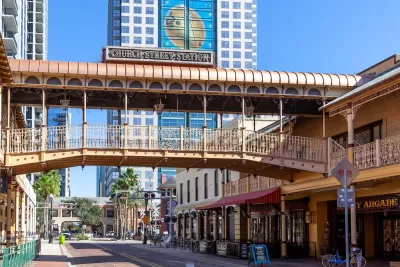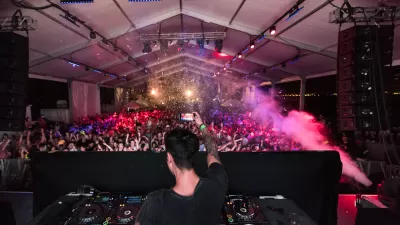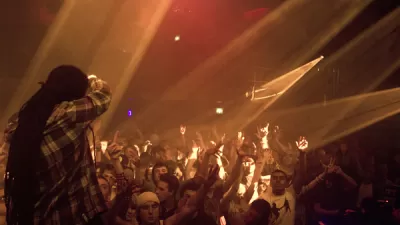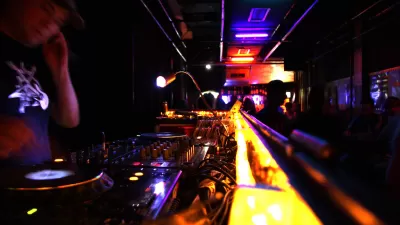The city ended a temporary moratorium on new nightclubs, replacing it with a rule limiting them to roughly one per every city block.

The Orlando City Council voted to end a ban on new nightclubs in downtown. Now, clubs will have to be located 300 feet — roughly one block — apart. Officials say this is designed to promote a diversity of businesses and a mix of retail, restaurants, and other services. “Existing nightclubs that don’t conform to this distance limit would be grandfathered in under the proposal, although they could be prevented from expanding under these rules.”
As Michelle Meredith explains in an article for WESH Orlando, the ban was instated last year after several deadly shooting incidents prompted city officials to articulate a vision for the district’s future. “The new rule aims to create a more diverse and balanced downtown area, ensuring that nightlife does not overshadow other types of businesses.” The decision reflects a shift toward a long-term strategy that encourages more types of retail and services to draw a wider diversity of tourists and locals.
FULL STORY: Orlando City Council lifts ban on new downtown nightclubs

Study: Maui’s Plan to Convert Vacation Rentals to Long-Term Housing Could Cause Nearly $1 Billion Economic Loss
The plan would reduce visitor accommodation by 25,% resulting in 1,900 jobs lost.

Alabama: Trump Terminates Settlements for Black Communities Harmed By Raw Sewage
Trump deemed the landmark civil rights agreement “illegal DEI and environmental justice policy.”

Why Should We Subsidize Public Transportation?
Many public transit agencies face financial stress due to rising costs, declining fare revenue, and declining subsidies. Transit advocates must provide a strong business case for increasing public transit funding.

Paris Bike Boom Leads to Steep Drop in Air Pollution
The French city’s air quality has improved dramatically in the past 20 years, coinciding with a growth in cycling.

Why Housing Costs More to Build in California Than in Texas
Hard costs like labor and materials combined with ‘soft’ costs such as permitting make building in the San Francisco Bay Area almost three times as costly as in Texas cities.

San Diego County Sees a Rise in Urban Coyotes
San Diego County experiences a rise in urban coyotes, as sightings become prevalent throughout its urban neighbourhoods and surrounding areas.
Urban Design for Planners 1: Software Tools
This six-course series explores essential urban design concepts using open source software and equips planners with the tools they need to participate fully in the urban design process.
Planning for Universal Design
Learn the tools for implementing Universal Design in planning regulations.
Smith Gee Studio
Alamo Area Metropolitan Planning Organization
City of Santa Clarita
Institute for Housing and Urban Development Studies (IHS)
City of Grandview
Harvard GSD Executive Education
Toledo-Lucas County Plan Commissions
Salt Lake City
NYU Wagner Graduate School of Public Service





























